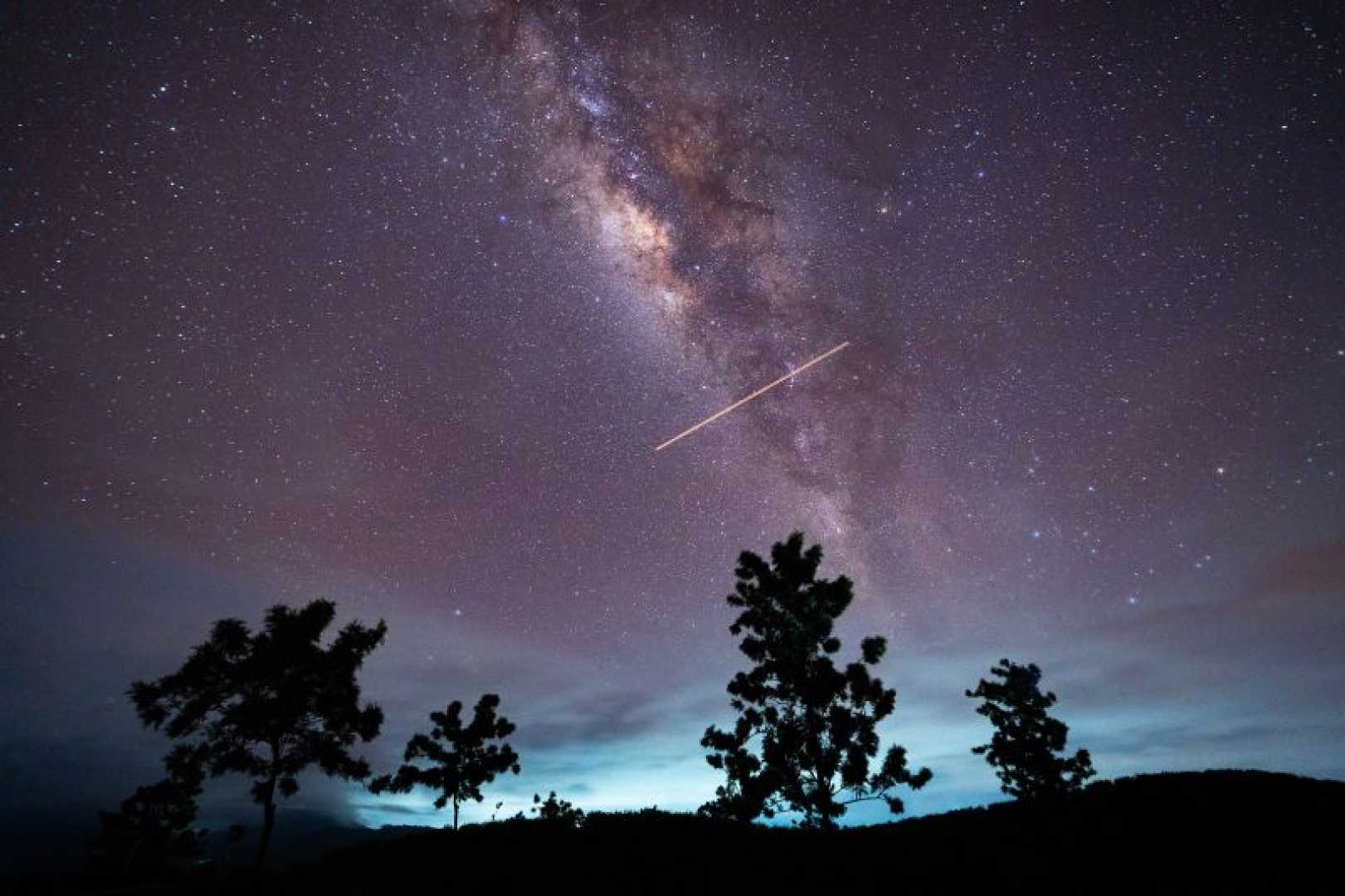News
Eta Aquariids Meteor Shower Set to Peak This Weekend

AUSTIN, Texas — The Eta Aquariids meteor shower is approaching its peak, with optimal viewing conditions on the mornings of May 4, 5, and 6. This yearly event is best seen from both northern and southern hemispheres, with anticipation building for skywatchers eager to spot shooting stars.
The Eta Aquariid meteors, known for their speed, travel approximately 41 miles per second as they streak through Earth’s atmosphere, leaving brief visible trails. This meteor shower is caused by debris from comet 1P/Halley, which orbits the Sun approximately every 76 years, creating two meteor showers: the Eta Aquariids in May and the Orionids in October.
The meteor shower has been active since April 15 and will continue until May 27, but viewing will be best at dawn on the peak days. Under ideal conditions away from city lights, observers can expect to see between 10 to 15 meteors per hour in the Northern Hemisphere and potentially over 50 meteors per hour in the Southern Hemisphere.
NASA advises viewers to let their eyes adjust to the darkness for about 30 minutes and to minimize exposure to bright lights such as cellphones, which can hinder night vision. For optimal viewing, astronomers recommend locations with minimal light pollution, such as national parks like Big Bend in Texas or Death Valley in California.
“The radiant for the Eta Aquariids is in the constellation Aquarius, which will appear low in the sky during the early morning hours,” said Bill Cooke, a meteor expert at NASA. “It is best to start viewing around 2 a.m. local time, as the meteor rates will increase until dawn.”
Clearly marked technology can assist viewers in locating the constellation and the radiant, helping skywatchers maximize their experience during this celestial event. The Eta Aquariids represents one of the highlights in the annual meteor shower calendar, providing a brilliant display for those who venture outside at the right time.












